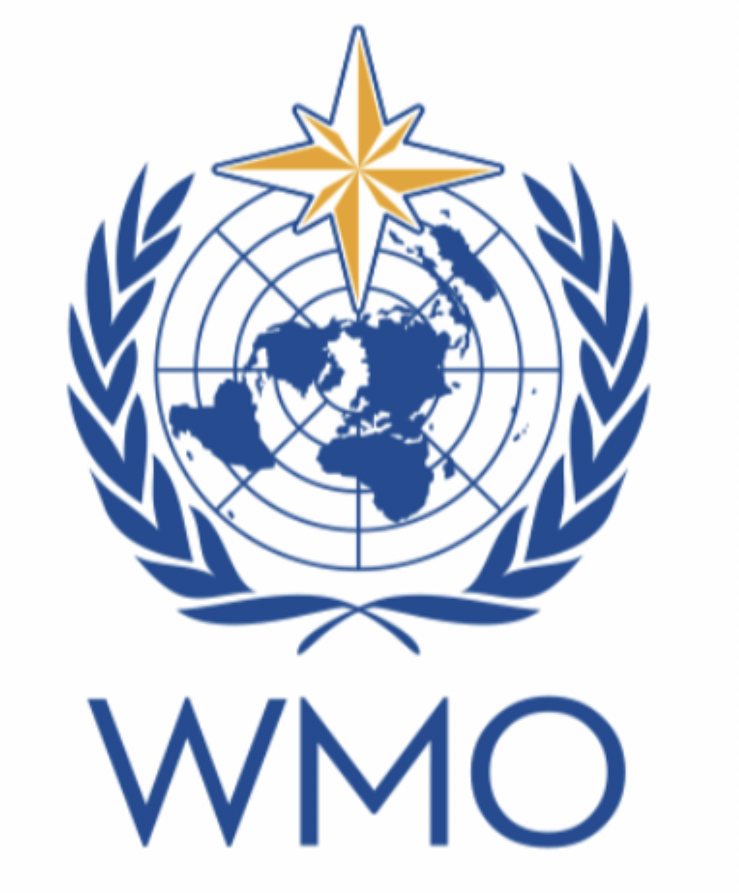Amended, June 2023.
On this page
Most of us, most of the time are able to get all the weather information that we need using the internet. Weather forecast services broadcast under the Global Maritime Distress and Safety System (GMDSS) may seem an anachronism. Nevertheless, VHF, MF/NAVTEX, HF/SSB and Inmarsat/Iridium EGC (Enhanced Group Calling) still provide essential safety information.
GMDSS texts are, essentially headlines and a warning service. Despite the greater usefulness of computer forecasts, GRIB and/orGRIB products. it is only sensible to know what GMDSS texts are saying. They are based on GRIB data but contain human judgement. AI may well change this in time but, in the meantime, always heed GMDSS texts whether received over the radio or the more convenient internet,
World Meteorological Organisation
WMO co-ordinates the activities of all national weather services. The publication, WMO No 9 - Vplume D INFORMATION FOR SHIPPING is an unwieldy document even in online, pdf format. However, it should be up to date and reliable as an information source for forecast schedules, sea area boundaries etc.
On this site
- SOLAS and the GMDSS - how they apply to leisure sailors
- Sources of Marine Weather Forecasts
- European NAVTEX weather broadcasts
- Western European VHF broadcasts
- UK Shipping Forecast Areas
- UK Inshore Waters Areas
- Metarea I, UK High seas areas
- Metarea II – French High seas areas
- Metarea III – Mediterranean High seas areas
- Metarea III-E, Greece
- Metarea III-W, France
- Metarea XIX, Arctic Canada/Norway
- Metarea XX, Arctic Russia
- Sea areas used by Météo France on NAVTEX and VHF
- Spanish Atlantic sea areas
- Baltic sea areas
- Faeroes Sea Areas
- Icelandic sea areas
- Norwegian sea areas
- Italian sea areas
- INMARSAT coverage and METARESs worldwide
- UK Shipping Forecast Areas
- Radio Fax Schedules, Northwood, DWD and Worldwide
- Radioteletype
- The future of the GMDSS - How it must change!

